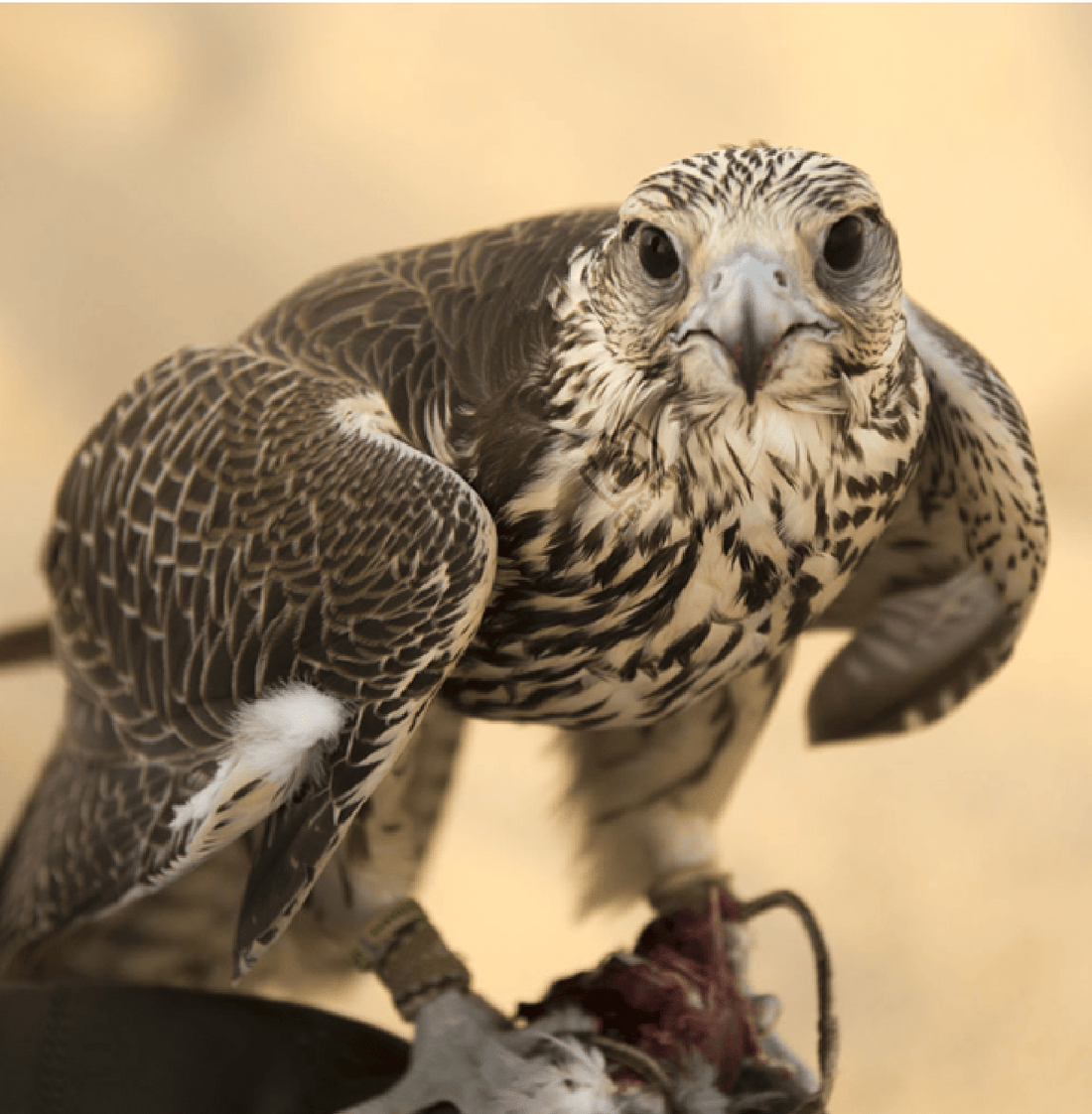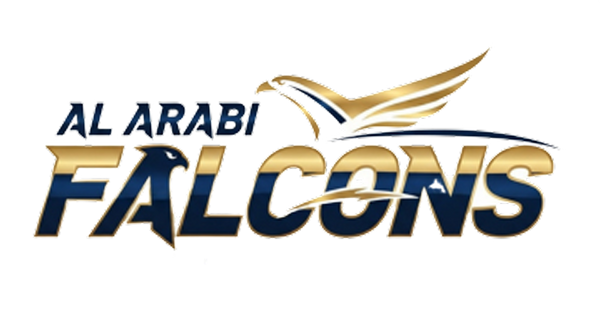
The Falcon in Arab Culture
Share
The Falcon in Arab Culture
The falcon has played a significant role in the lives of Arabs since ancient times. It is a symbol of courage and dignity, and a strong bond often forms between the falconer and his bird. However, a falconer must possess patience and perseverance, as falcons take a long time to get accustomed to humans and recognize their owner.
Falconry has been passed down from our ancestors and fathers to the present day, becoming a cherished hobby. Falcons are often mentioned in our poetry, just as our forefathers did, as in the following verses by the late poet Sameer bin Sulaim Al-Hajri:
"When we ride upon the red-flecked steeds,
And unveil their veils on the heads of the Hamadi,
This one is a Jeroudi, unmatched in traits,
That one is a Shami, mighty in stature,
And this white one, striking in beauty, never scorned,
And that one, fierce and unyielding, calls warriors to battle."
Falcon Types and Falconry Tools
Types of Falcons
Falcons are classified into different types:
- Saker Falcon (Al-Hurr): Includes varieties such as the Safi, Shami, Farsi, Jeroudi, and White Saker.
- Peregrine Falcon (Al-Shaheen): Divided into two types—Mountain Peregrine and Coastal Peregrine.
- Gyrfalcon (Al-Jeer)
- Lanner Falcon (Al-Wakri)
Falconry Tools
A falconer must carry several essential tools, including:
- Hood (Burqa): A leather piece placed over the falcon’s eyes. If properly fitted, it helps calm the falcon and makes handling easier.
- Jess (Sibaq): A rope tied around the falcon’s legs to restrain and control its movements.
- Perch (Wakr): A wooden stand with a circular, fabric-covered top where the falcon rests.
- Glove (Diss): A protective glove, usually made of natural leather, worn by the falconer to shield his hand from the falcon’s sharp talons.
- Lure (Milwah): A decoy, either a live bird or feathers tied to a long rope, used to train the falcon.
Training and Taming Falcons
Taming a falcon involves training it from a wild bird to a domesticated, obedient hunter. The duration and method of training vary depending on the falconer’s experience. Some falconers can tame their birds quickly, while others take longer to ensure the falcon is fully comfortable and calm with its owner.
During the training period, the falconer must regulate the falcon’s diet to facilitate taming. Before beginning, it is essential to have the bird examined at a veterinary hospital to ensure it is healthy. Some falconers also obtain a falcon passport to take their bird on international hunting trips.
Steps of Falcon Training
- Introducing the Hood (Burqa): The falconer places a hood on the falcon’s head to help it get accustomed to handling.
- Getting the Falcon Comfortable on the Perch: The bird learns to stand on the perch without fear.
- Hopping Training (Tanqiz): Once the falcon is calm, the falconer encourages it to hop between the perch and the glove. A well-trained falcon will stand still on the falconer’s hand without flapping its wings excessively and will eat from the hand without making eye contact.
- Lure Training (Milwah): Conducted in open spaces, this involves tying the falcon’s jess to a 10–20 meter rope. Another person holds the lure (with a piece of meat attached) while standing 10–20 meters away. The falconer calls the falcon by name or familiar feeding sounds until it flies towards the lure, believing it to be prey.
- Hunting (Al-Hadd): The moment every falconer eagerly awaits—testing the falcon’s skills in the wild. The falconer seeks prey such as houbara bustards and curlews, which are rare, strong, and difficult to catch. The falconer may camp in remote areas for days, waiting for the perfect hunting opportunity. When prey is spotted, the falcon is released, and the falconer watches to see if it successfully catches its target. A falcon’s success in hunting is not only due to training but also depends on its natural instincts—some falcons are bold and intelligent, while others may be timid and hesitant.
- Molting Season (Al-Marbat): After the hunting season ends, the falcon is kept in a cool, shaded place for six to eight months to shed and regrow its feathers. This period, usually in summer, requires isolation to ensure healthy feather growth.
Falconry Prey
Falcons primarily hunt:
- Houbara Bustards (Habarra)
- Curlews (Karwan)
- Hares
- Sandgrouse (Qata)
- Wild pigeons and ducks
Falcon Diseases
Falconers are highly concerned about their falcons’ health, as they are prone to several diseases, including:
- Canker (Qula’a): A digestive tract infection caused by poor-quality food, leading to loss of appetite, fatigue, and drowsiness.
- Aspergillosis (Nayhita): A fatal lung infection that occurs due to an unhealthy environment, particularly in extreme heat.
- Bumblefoot (Hafa’a): A swelling or infection on the falcon’s foot, often caused by poor-quality perches or contaminated gloves. It is contagious and can spread from one falcon to another.
